NOUVEL ACCROCHAGE - SAMEDI 27.06.2020
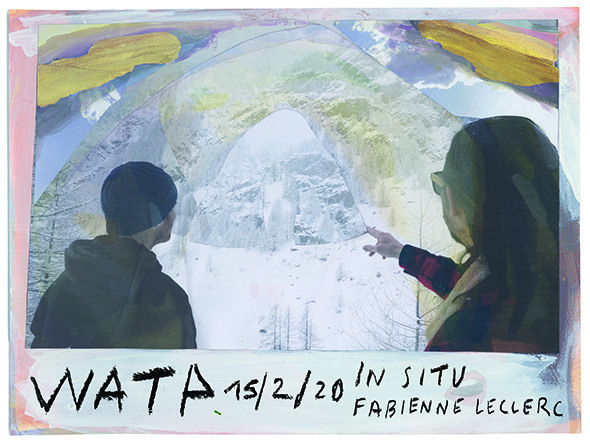
NOUVEL ACCROCHAGE - SAMEDI 27.06.2020
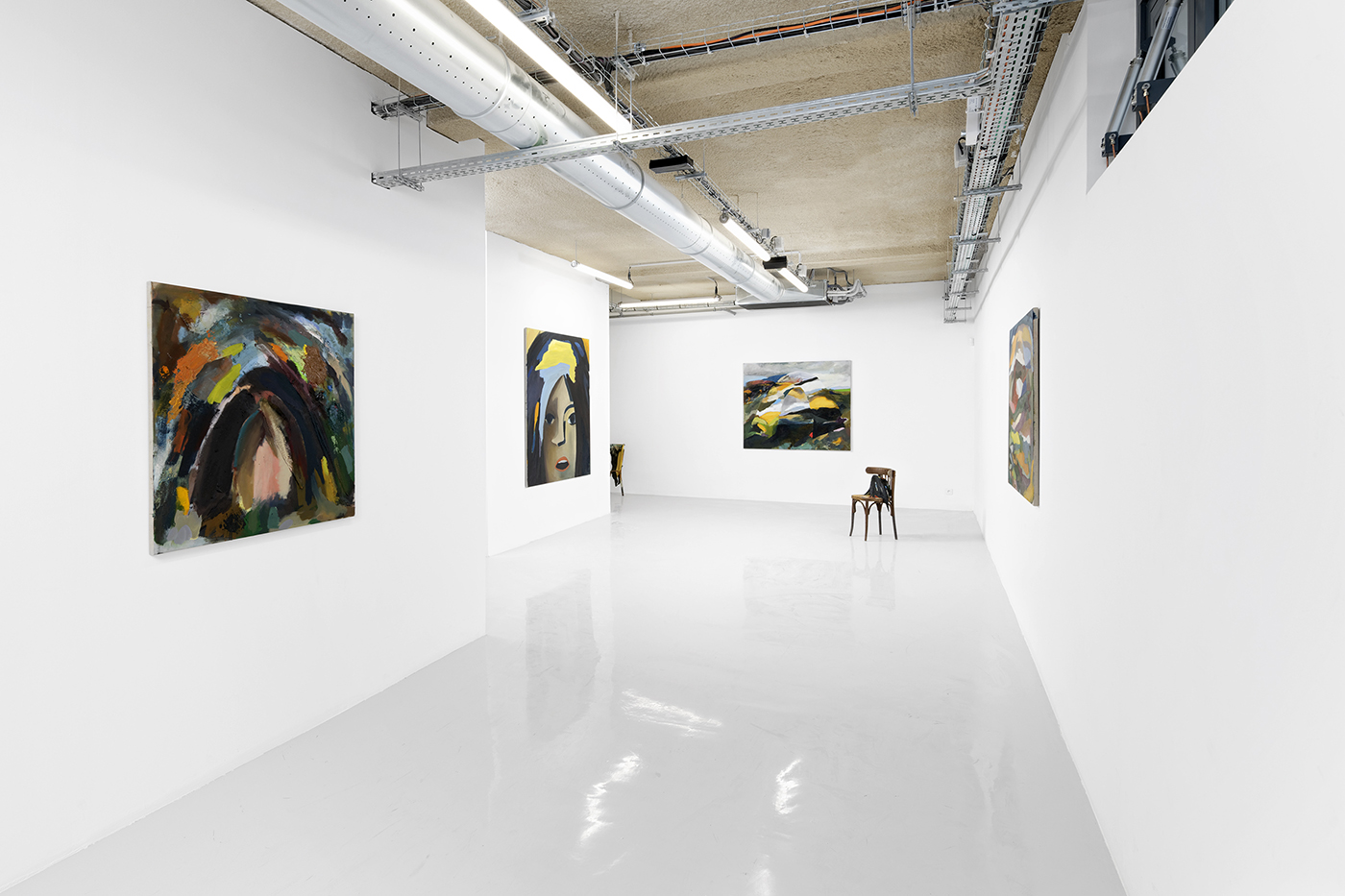
NOUVEL ACCROCHAGE - SAMEDI 27.06.2020
Exhibition view
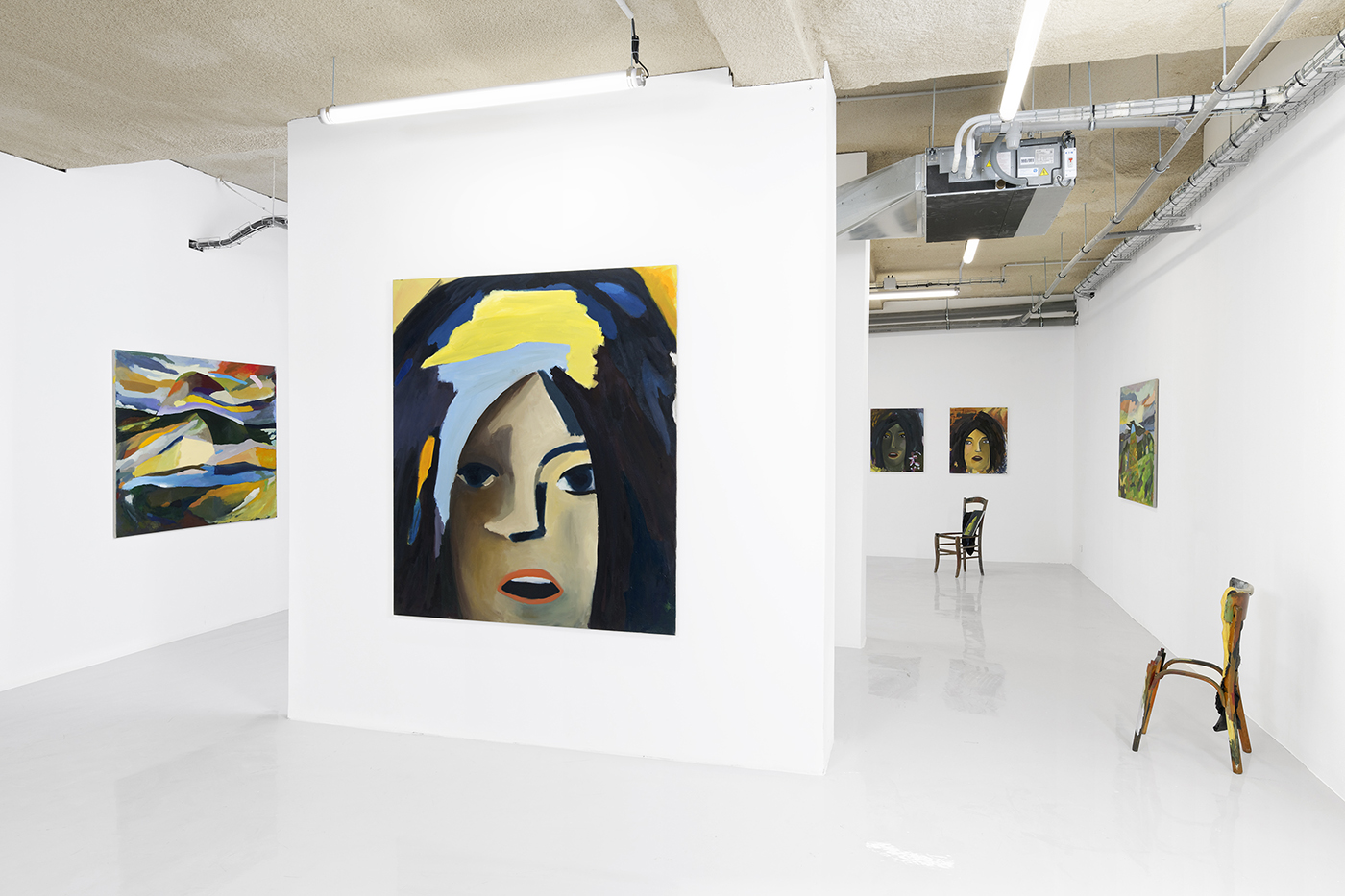
NOUVEL ACCROCHAGE - SAMEDI 27.06.2020
Exhibition view
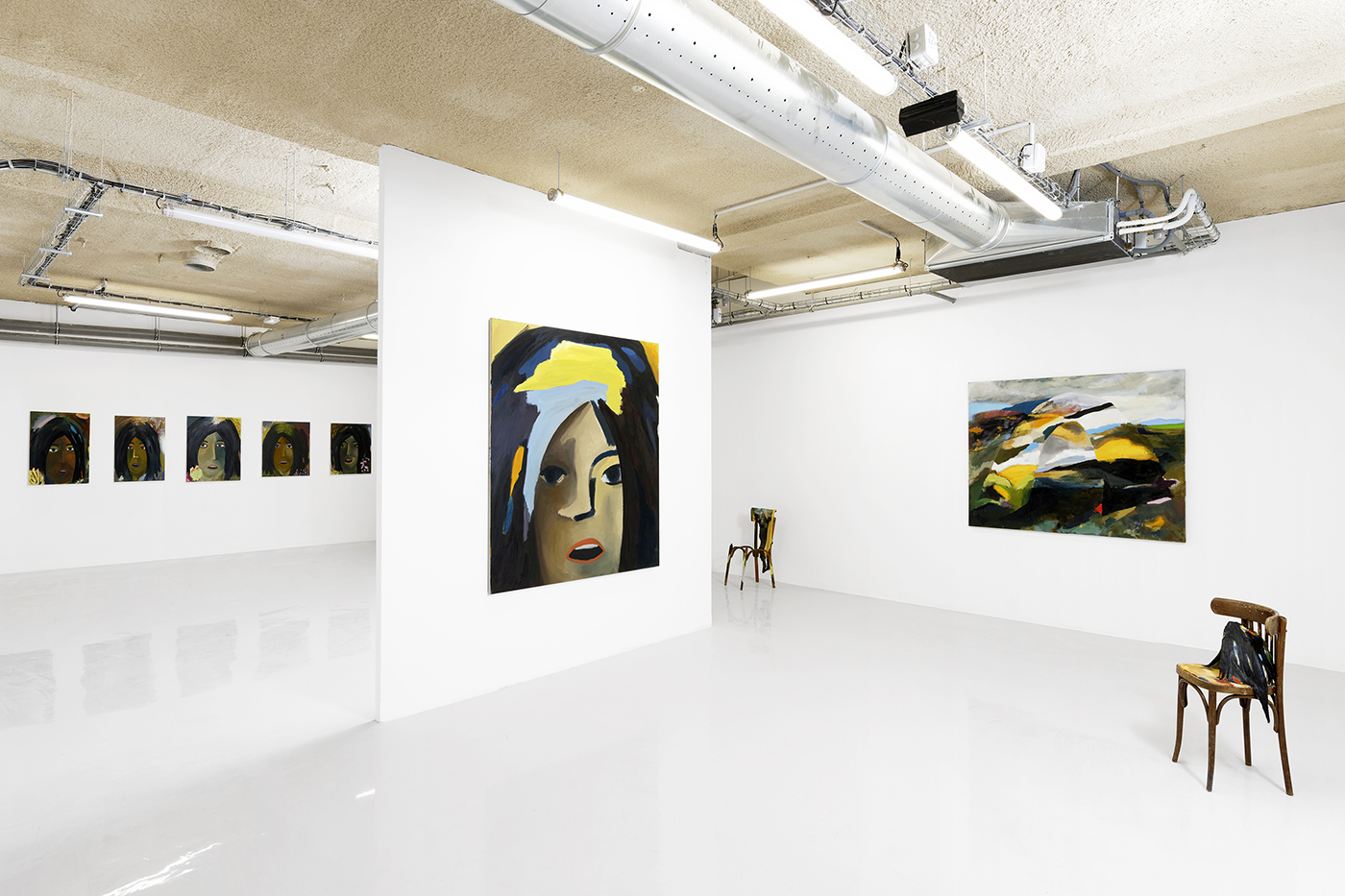
NOUVEL ACCROCHAGE - SAMEDI 27.06.2020
Exhibition view
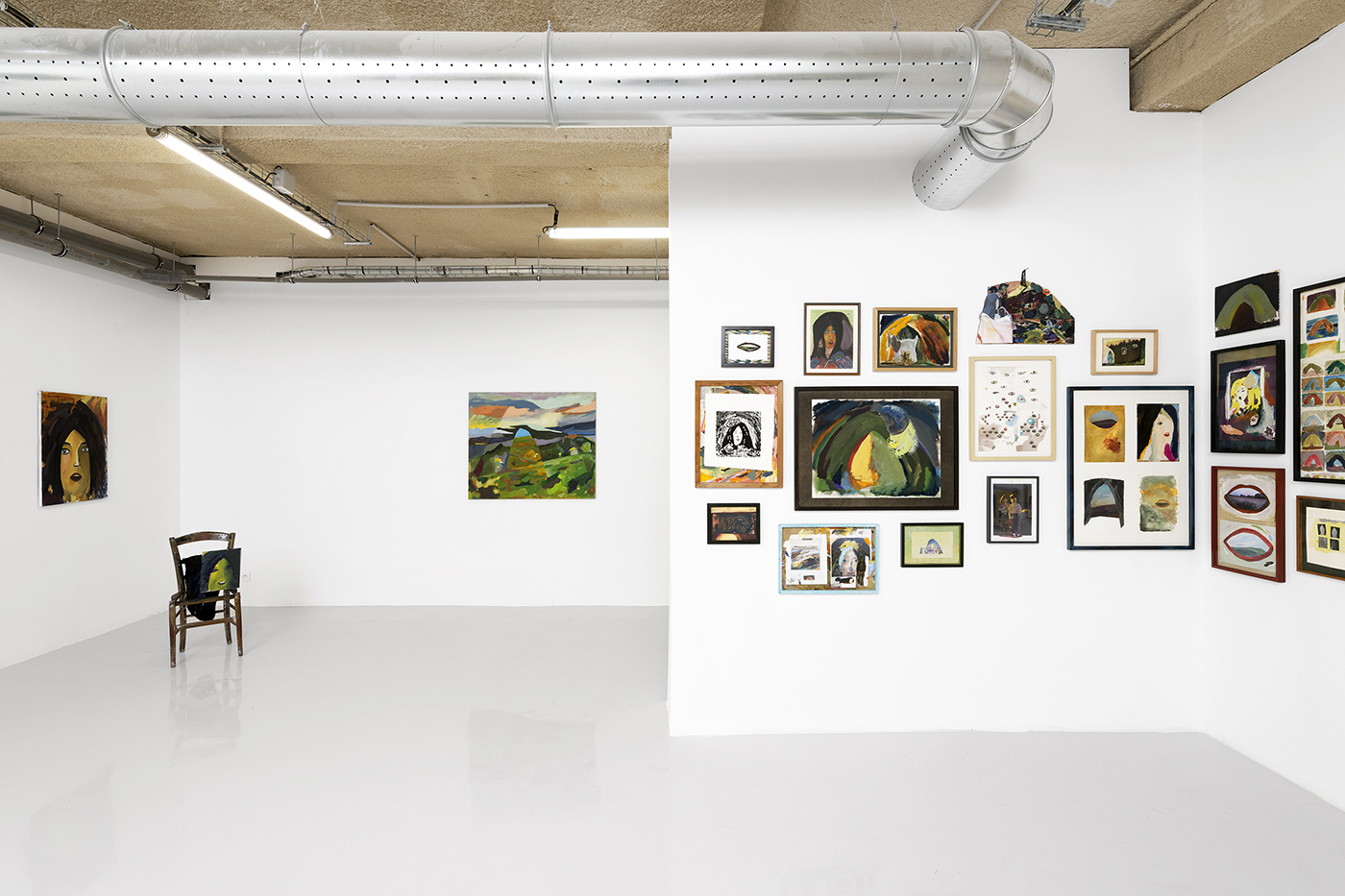
NOUVEL ACCROCHAGE - SAMEDI 27.06.2020
Exhibition view
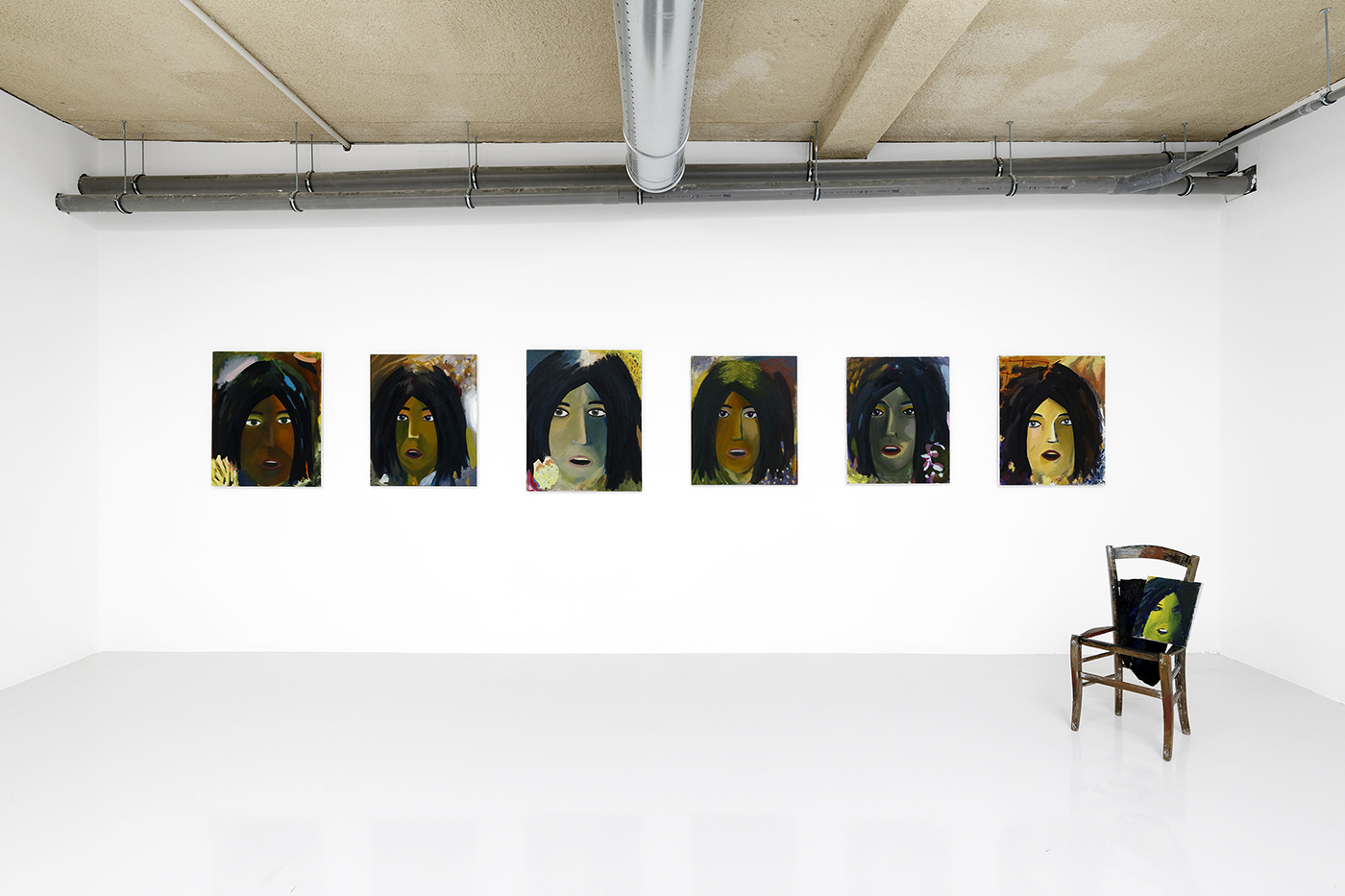
NOUVEL ACCROCHAGE - SAMEDI 27.06.2020
Exhibition view
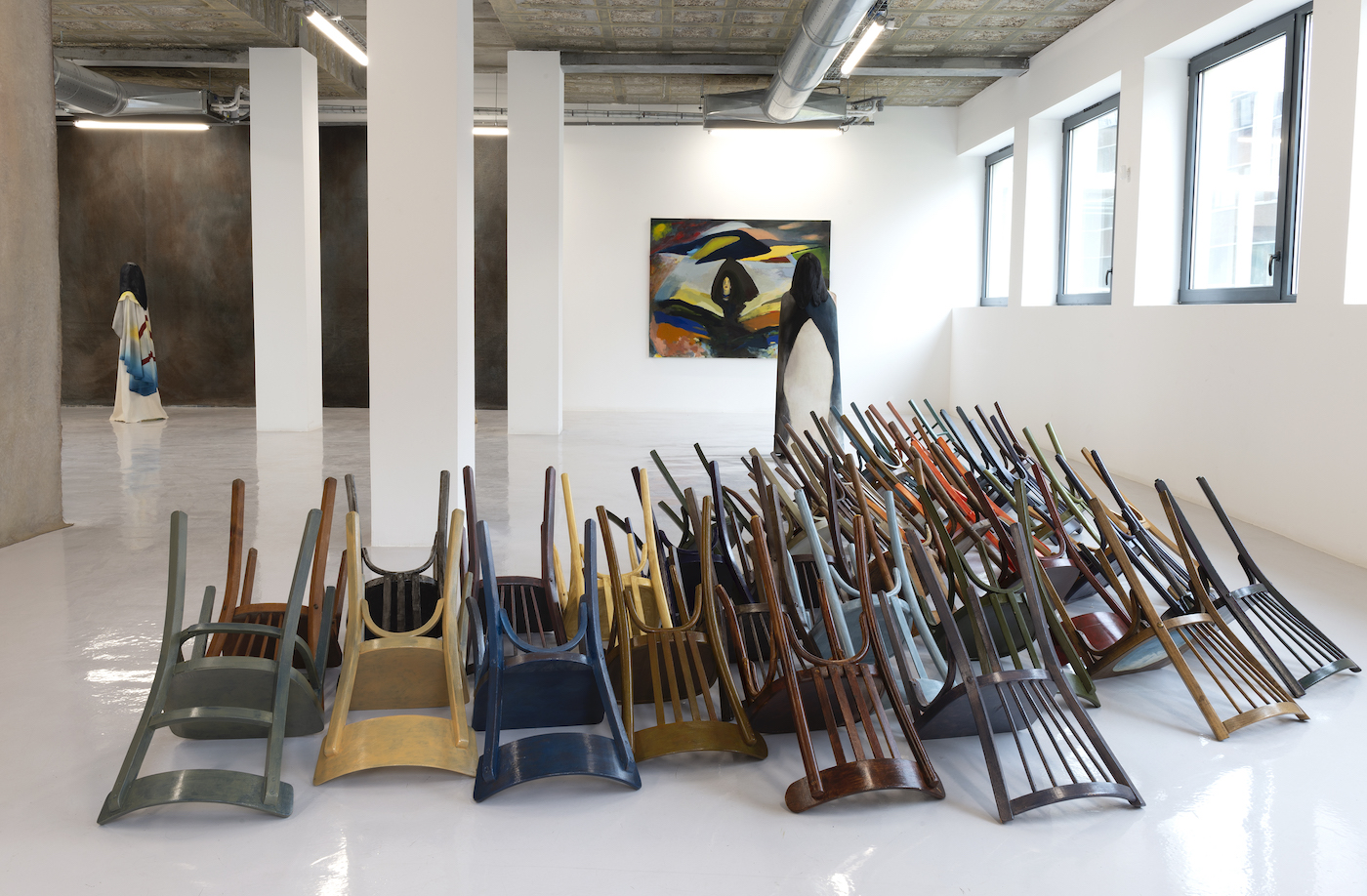
NOUVEL ACCROCHAGE - SAMEDI 27.06.2020
Exhibition view

NOUVEL ACCROCHAGE - SAMEDI 27.06.2020
Exhibition view

NOUVEL ACCROCHAGE - SAMEDI 27.06.2020
Exhibition view
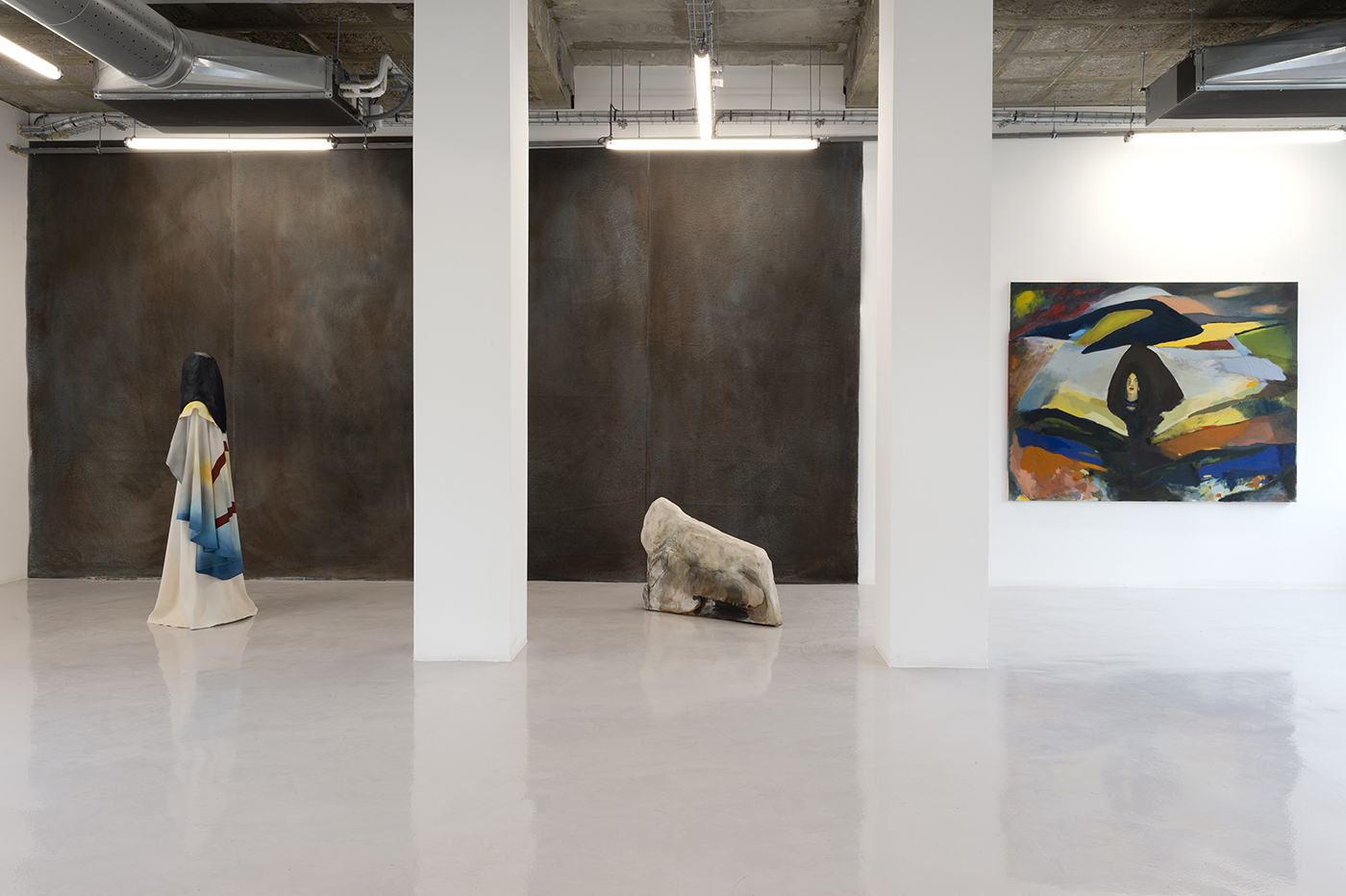
NOUVEL ACCROCHAGE - SAMEDI 27.06.2020
Exhibition view
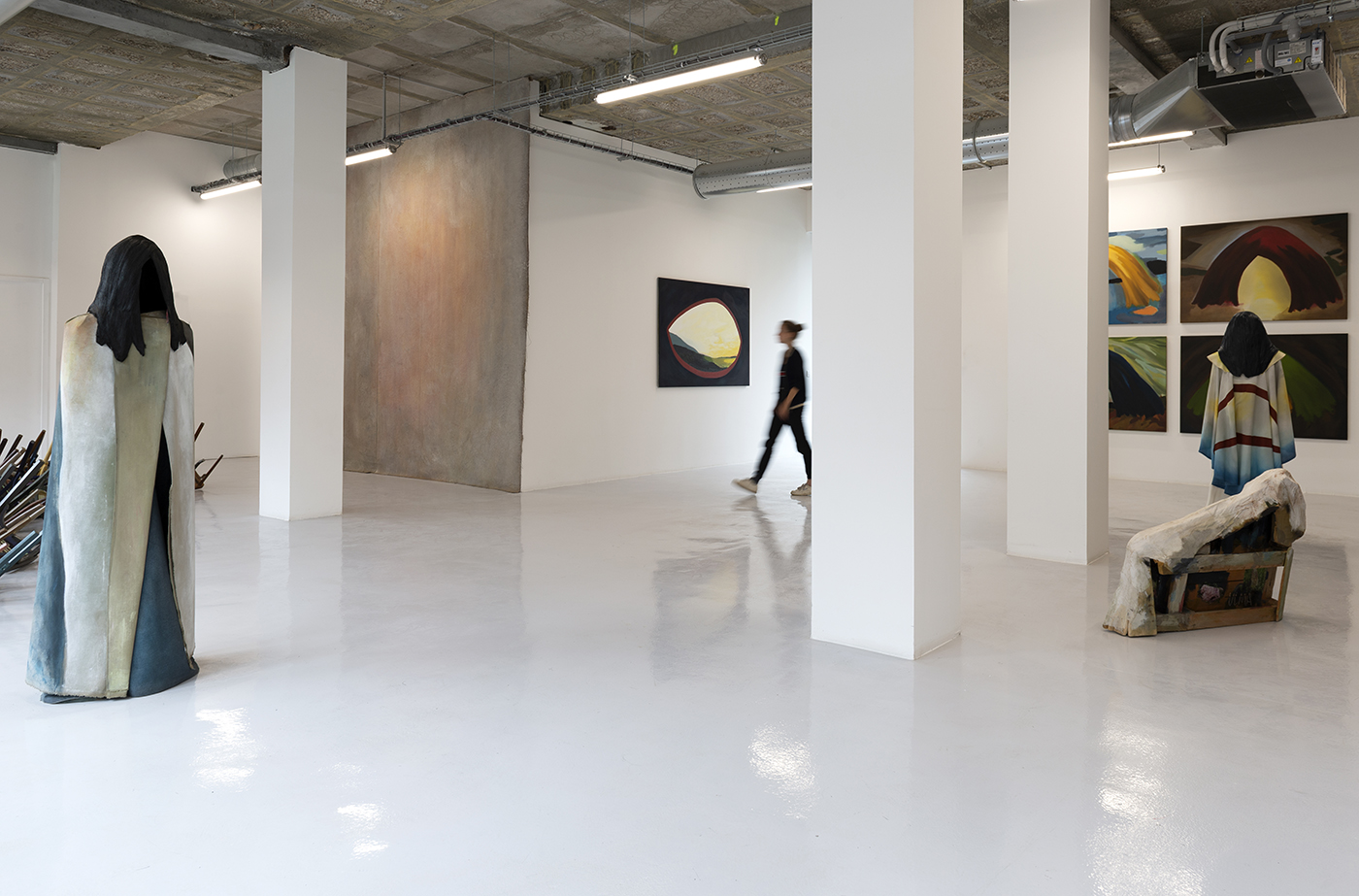
NOUVEL ACCROCHAGE - SAMEDI 27.06.2020
Exhibition view
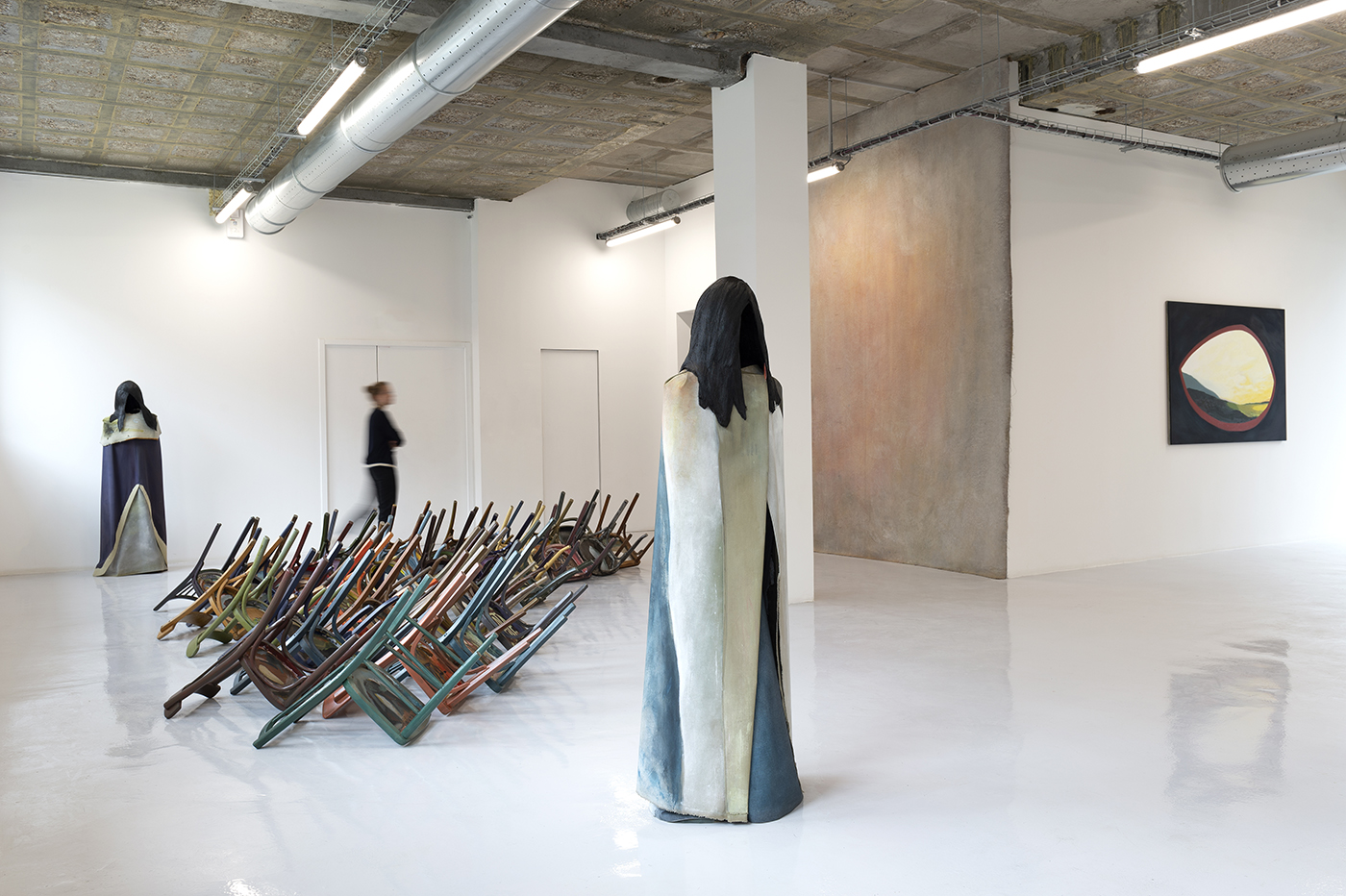
NOUVEL ACCROCHAGE - SAMEDI 27.06.2020
Exhibition view
NEW DISPLAY SATURDAY 27.06.2020, STARTING 12PM
Fluid dynamics
In the beginning, it was a mountain; unless it was that enigmatic portrait of a woman who comes back to haunt the work in innumerable variations, which however never depart from a community of character. In the beginning, it was therefore the face or the landscape ?
The visual analogy between the two is obvious, which is expressed in a triangular form inhabiting many of the pictorial compositions of We Are The Painters (WATP) She Looks Like a Mountain moreover vigorously proclaims the title of a work at their beginnings, presenting this characteristic head of dark brown hair that can potentially be assimilated to a natural relief. If it is characteristic, it is because this hair attribute became the essential organ of a series of portraits of women in the long term. All of them respond to a generic formulation, in their framing as much as in their powerful expressiveness, but the shape of their mouth or hair, precisely, systematically shows something singular in the treatment reserved for them.
Consequently, each one is characterized by an intense presence despite their ordinarily absent expression, or in any event never genuinely there, to the degree that most often they are looking elsewhere, avoiding in this way a direct confrontation with the other. Is it a way of keeping this other at a distance and maintaining in fact the enigma or ambiguity ? Or is it a ruse vis-à-vis the spectator in order, in a certain way, to force him to not concentrate his attention on the face alone but to enlarge his exploration to what is beside it, to everything that it constitutes with the colored areas that surround it and contribute to its definition and to that potentially accessible merger with the landscape we will return to this again.
Because this mouth, in particular, is open enough so that it can become, in certain paintings, almost an entrance door to elsewhere, to another territory. WATP has already experimented with this elsewhere in canvases in which, taking on their autonomy once they are detached from their context, the red lips partially open like an access to an unknown, attractive and irradiant landscape.
The question raised here could disturb certain curious minds but that in the end, have, we believe, scarcely any interest raised as such: that of "who does what ?" WATP is a duo, but even if it would be a more extended group, this would probably not change much in terms of the equation set out by their work. Given the innumerable collectives that have been part of the history of art proscribing any individual signature, this issue could moreover seem quite secondary, but in terms of the work, it must be stated that this is not at all the case, concerning a pictorial activity, a genre much less favorable to a group practice to that extent that the fashion, the execution, the touch often constitute recognition motifs complicating the painter's possible desire for anonymity.
However, there is no question here of a quest for disappearance properly speaking - the names of the two artists , Nicolas Beaumelle and Aurélien Porte are very well-known - the impossibility of the spectator to recognize the gestures of one or the other amounts, through the technique, to practicing not only a unification of the whole, made perceptible by a profound visual coherence of the surface while furthermore helping to consolidate the type of merger at work in the model.
The portrait would thus become a subterfuge in which background and motif combined open a hidden door making it possible to enter the landscape, to define the sometimes blurred horizons. An evolution such as this is particularly visible in some of the most recent pictures, in which the silhouette of this head of hair that has become iconic is transformed into an arch that tends to blend in with the surrounding nature without however completely disappearing; this whole opening the passage to a broadened territory in which the aura of an impalpable presence that seems to float there is maintained.
The painting is built through the accumulation of layers made of vigorous brushstrokes, backgrounds mixed with a not very clear gray and heroic colors that are never however pure; an assembly of elements in which contrast effects and nuances of light contribute to a remarkable fluidity of the whole. By evolving in this way toward a more abstract manner, the work of WATP opens to variations in painting of the object of the painting itself, while moving further toward a hybrid practice and one that is difficult to contain. So difficult that it seizes upon other objects, notably chairs, often painted on the background, which once turned over to the ground also take part in the construction of an unfathomable landscape - unless by decking them out with a "mountain/head of hair" they become a figure, a face ?
Through the perpetual sliding used in their work, WATP imposes a fascinating chronic instability, a suggestive viewpoint on the portrait that is the result of a dynamic construction of the landscape, unless the opposite is true.
Finally, we aren't sure of anything and this is wonderful.
Frédéric Bonnet
With the support of  Centre national des arts plastiques, France
Centre national des arts plastiques, France
In Situ - fabienne leclerc
43 rue de la Commune de Paris
93230 Romainville